|
Over the past few years I have seen many images of the jagged peaks, alpine meadows and beautiful lakes of the Dolomites and a visit to that area in the north of Italy has been high on my wish list... at the end of August I finally got my act together and organised a short trip to the area. I took an evening flight to Venice and stayed overnight in a guest house at Ponte Nelle Alpi... in a violently horrendous thunderstorm. The guesthouse was on the top of a hill and very exposed to the elements. The rain hammering off the window, the howling wind and the thunderclaps directly overhead meant that I did not get much sleep. The coffee at breakfast was most helpful in my recovery and I continued my drive north. As I got to higher ground I found that the storm had completely disregarded all thoughts of it still being summer and had dumped 10-15cm of snow on all ground above about 1600m altitude. I drove to Misurina lake but did not find that to be too photogenic, so I continued along the road to Lago D'Antorno which was more to my liking. I find that in order to get good reflections it is best to use lakes that are rather small (ponds and puddles are also acceptable) in order to keep your subjects more immediate and prominent in the frame. Both of these lakes are on the road which leads to Tre Cime di Lavaredo and my idea was to drive up the steep toll road and maybe do the circle hike around those iconic peaks. The car parks at the top of the road, holding at least a thousand cars, were already full (about 11am, on a slightly unpleasant day) and as a result they were operating a "one in one out" policy on the toll road with a sizeable queue. Instead of joining the queue I returned to Lago D'Antorno and decided to follow the toll road on foot. I had read an account from another photographer of doing the same thing in deep snow in winter and he described it as an easy hike taking about 40 minutes so I was quite confident. I am not sure what kind of physical specimen wrote that other blog but I can say that apart from the smooth road surface there was nothing whatsoever which was easy about that hike - an unremittingly steep slog which took me at least an hour and three quarters and left me extremely tired, despite the beautiful views. After spending so much effort on the climb I decided not to do the 4-5 hour circle hike around Tre Cime, the clouds were looking rather dark and moody and I did not want to get stuck in a storm, so I decided to retreat back down the road and check in to my accomodation. I chose a hotel close to Cortina D'Ampezzo as my base for the trip on an "it looks like it is roughly in the middle of the places I want to visit" basis and I was happy to find that it was in quite a beautiful spot. As a location it also turned out to be quite good as it was quite close to what turned out to be one of my absolute favourite spots, the top of the Giau Pass. As the day ended to skies cleared and sunlight bathed the snowy ground. Although I usually do at least some research on specific locations before embarking on my trips I find that there is no substitute for actually viewing a location in person. With mountain locations especially it is hard to reliably translate "kilometres on the map" into "time taken to travel" and plans made without knowledge of the terrain can easily turn out to be unrealistic. I decided to treat this trip as a scouting mission, meaning that I would try to visit as many sites as possible in my 3.5 days in order to understand where to focus in a future "proper" photography trip. The next morning I was out of my room at 0430, ready to try and do some astro photography at the Giau Pass and then wait for the sunrise, but I faced an unusual difficulty - I could not get out of the hotel! The door was locked and bolted, the reception was empty, there was no bell, there was nobody around and there were no other exits. I made some noise (enough too attract the attention of anyone who would be there, but not enough to wake the hotel residents) and waited around for 15 mins to see if anyone came along... but no. Trapped. I went back to bed. Three hours later the day began properly and I drove up to the top of the Falzarego Pass. From here it was possible to travel by cable car to Lagazuoi, a 2835m peak. Although this was the second highest altitude I have reached (without the aid of a plane that is, the Zugspitze summit being my highest point) it was still possible to look up from Lagazuoi to even taller peaks in the surroundings. From Lagazuoi it is also possible to look down on a much more famous neighbour, the small cluster of peaks which make up Cinque Torri, a kind of natural monument in the middle of nowhere and a popular destination for climbers. Near the summit of Lagazuoi you can get a closer look at some fortifications dating from the Great War over a century ago. The front line in the battles between Italy and the Austro-Hungarian empire went right through this area and all over the Dolomites it is possible to see evidence of the desperate struggle which took place between the opposing forces in the harshest of environments. There is a lodge at the top of the cable car route where you can eat something, get some coffee or even stay overnight. These Rifugios are a feature of almost all easily accessible peaks and mountain areas in the Dolomites and make it a lot easier and more comfortable to spend time in what would otherwise be the wilderness. On this occasion there was some construction work ongoing at Rifugio Lagazuoi and while I was there a helicopter was constantly shuttling materials up and down the mountain without ever landing. It was impressive to watch. It was time to continue my journey, starting by entrusting my life to a few rather insubstantial looking wires as the cable car made its descent. I made my way to the Gardena Pass, another spectacular tour through mountain peaks by way of hundreds of hairpins. My objective was the Seiser Alm, a vast mountain meadow surrounded by peaks. There are many different ways to reach the Seiser Alm, but during the day it is forbidden to drive there, you have to approach by cable car. I had partial directions to get to the spot I was aiming for - I took the cable car to Compatsch and then a bus to Saltria... but then I was not quite sure where to go next. I wondered around for an hour or two but I don't think I found the best views. When visiting this area again, and especially in order to get to the best places at the best times for photography (sunrise, sunset, night) I think that a totally different approach would be needed. Normally I like to have a single base and then travel to different locations, but in the Dolomites there would be huge advantages to staying in a different Rifugio every night in order to be as close as possible to your subjects. This was a very long day... some 4-5 hours of driving as well as multiple cable car journeys and about 20km of walking... so I was happy to get back to my hotel and get some rest before the morning. The next day I also planned a long journey, heading this time a bit further north before circling round to an area near to where I had been the day before and returning via the Gardena and Falzarego passes. My first stop, before 6am, was at Lago di Landro. From there I continued to Lago di Dobbiaco having first satisfied the demand from my rental car which instructed me to add at least one litre of oil "immediately". The final part of my morning lake trilogy was the famous Lago di Braies, a very beautiful place but also a horrendous tourist trap. My advice to anyone wanting to enjoy this place is to arrive very early in the morning or very late at night, it was slightly uncomfortable already when I arrived at 0830 and by the time I had completed the easy hike around the lake it was absolutely swarming with what seemed like many millions of people. Having gladly removed myself from the multitudes at Lago di Braies I made my way to the next famous destination, the church at Santa Maddalena. This was a location I had been looking forward to perhaps more than any other, but it was a place where the experience did not quite measure up to the expectation. It seemed to me that the place had not quite made peace with its status as a tourist attraction. It has managed to embrace some aspects of that, such as charging a few euros for a parking place, but the overall feeling is one of being a bit unwelcome. The church is in the middle of a field, but according to the signs it is prohibited to walk around in that field which rather limits your chances for photography. There is a tiny platform that you are allowed to stand on in the corner of the field, which means that everyone who obeys the local rules will end up with almost exactly the same picture as each other. Drone photography is also prohibited there, which is another limitation. I think that if they would accept that the place is and will be a tourist attraction and make a little bit more effort to be accommodating, while also charging a bit more money for parking if necessary to make it a sensible business, then everyone might end up being more happy. The whirlwind tour continued and it was time for the next destination. It had been nearly 20 hours since I took a cable car journey so I decided to fix that by ascending to the spectacular peak of Seceda (2519m). This mountain provides some other-worldly views as it looks like the ground has just been ripped apart at the seams, on the one side pleasant green meadows slope steeply upwards and on the other side there is a vertical drop of hundreds of metres. After another rather exhausting day it was very easy to fall asleep... and a bit of a struggle to avoid doing just that while driving back to the hotel. My final morning in the Dolomites was reserved for completing my mission to Tre Cime di Lavaredo, having had a false start in that adventure on the first day. The toll road does not open until 0600 which makes it a bit of a challenge to be in position for the sunrise in the summer, but I was the first one through the gate on this day and determined to make the best of it. I parked in the massive car parks near Rifugio Auronzo and started the circle hike around Tre Cime by around 0615. The hike, which took me about 5 hours, could be thought of as a tour of different Rifugios. The trail starts at Rifugio Auronzo and then (in the direction I travelled) leads you to Rifugio Lavaredo, Rifugio Locatelli (Drei Zinnen Hutte) and Malga Langalm before completing the circle at Rifugio Auronzo. Each leg of the journey takes about an hour. The temperature was something of a challenge during this hike, it was 3 or 4 degrees when I started before the sunrise and 31 degrees when I finished about midday... luckily I had pretty much expected this and had dressed on a "I will warm up eventually" basis, accepting to be a bit cold to start with in order to have the benefit of not having to carry extra clothing in the second half of the hike. The trail is easy to follow and well maintained, but there are some noticeable changes in elevation at various points, requiring quite a lot of ascending and descending even though it is roughly level overall. By the time I was approaching the Drei Zinnen Hutte, about half way round the hike, a coffee was definitely needed. I stopped for 20 minutes to recharge my batteries. This mountain lodge is in an amazing location on the mountain plateau. This was the most spectacular place on the circle hike in my opinion, but the views in general in all directions were quite amazing and I highly recommend the route to anyone who has the opportunity and capability to experience it. With that, it was time to make my way back to Venice Marco Polo airport. This was my first visit to the Dolomites, but I truly hope it will not be my last. Whenever I get a chance to return I think that these hectic few days have provided me with some good lessons for how to make a successful second trip. The key for that would be to stay in a number of well selected Rifugios rather than one central hotel and accept the slight inconvenience of regular check in - check out as a price worth paying for being in the right place at the right time. Until next time! Andy
2 Comments
Last year I was lucky enough to visit the small Finnish island of Utö on multiple occasions, on the lookout for interesting birds during the annual migrations in spring and autumn. In 2018 I missed out on the spring opportunity but hope to make up for that in the autumn. My friend Mika and I planned short visits to Utö at both the start and the end of September, this post covers the first of those trips. Utö is a tiny island (0.81 square kilometres) but it holds a special interest as a bird watching destination as it is the first (spring) or last (autumn) piece of land for a while on a number of migration routes between northern Europe and warmer parts to the south. It is also sparseley populated enough and with enough unspoilt territory that it appears as an attractive and safe stopping place for passing birds. There are no guarantees with this kind of activity, but on Utö you have at least a reasonable chance to see some interesting birds on any given day. As has become our tradition on these Utö visits I collected Mika from his house and we drove (with the help of a short ferry crossing) to Nauvo where we would have a chance to do some "warm-up" photography before making the 5 hour boat trip to Utö on the good ship M/S Eivor. The trip started well enough with a few smaller birds to photograph. Last year I split my time roughly equally between my "normal" photography (landscapes and occasional city or architecture shots) and my "backup hobby" of wildlife photography, using one to get a break from the other. It might seem odd to turn to photography to give me time off from photography, but the activities and equipment are different enough to provide a refreshing change. This year I have spent a lot less time doing pure wildlife photography with my Canon camera and long telephoto lenses and most of the bird photography that you have seen in some of my blog posts has been done with the Sony cameras and smaller lenses which I usually travel with. I find it surprisingly easy to swap between the equipment from different manufacturers, possibly helped by using Canon and Sony for such different purposes, but I was happy to have this warm-up period before the real trip started. When you see a bird you want to photograph, you then have to - as quickly as possible - aim your camera so that the bird is visible in the viewfinder. The bird may be flying, otherwise moving or partially concealed by leaves or branches, and may be tens of metres away. The camera + lens weighs over 6kg. You also have to get the bird in focus... while having the right settings for the (often rapidly changing) light. I find that the accuracy and speed of carrying out these precise motions and calculations decreases noticeably if you have not been practicing recently. The challenges of bird photography are considerable. The highlight of this pre-trip session came when we heard some calls that we did not immediately recognise. As you spend time observing different birds their sounds start to be familiar and often you know what you will see before your eyes can confirm it, but on this occasion the sounds just helped with "where to look". As we got clear of some trees beside a path we were walking on we were able to observe a pair of juvenile white tailed eagles having an animated discussion high above. We took a coffee break after this encounter and made our way to M/S Eivor which left for Utö soon after. It was well after dark when we finally arrived so there would be no more bird photography until the following morning. Mika had been following the weather forecasts from multiple sources and the concensus seemed to be that it would be a bit changeable so we just had to hope that there would be enough light... as well as something interesting to photograph. In the morning we were greeted by grey skies, a threat of rain, a lack of light and an island that was much more empty of birdlife than on any of our previous visits. Much of the island is covered with small boulders and juniper bushes, with occasional rowan trees - in busier times any one of these might provide an attractive perching place for smaller birds but on this occasion almost every vantage point was unoccupied. Breakfast restored our spirits and we set out to explore once again. The day remained quite dark until close to to lunch time but at least we were able to see some occasional birds during our search. We could tell from the constant calling that the juniper bushes were infested with goldcrests (Finland's smallest bird, weighing only 6.5g) in many places but they were even less willing than usual to show themselves. The most common sightings during the day were birds of prey with many tens of sightings of both sparrowhawks and kestrels, often with multiple individuals of either species in sight simultaneously. We also saw a Hobby on multiple occasions and a single Osprey which passed overhead on its way to wintering grounds which are probably in Africa. After lunch the weather started to brighten up a bit and we continued our search during the afternoon, racking up over 20,000 steps for the day despite being on such a small piece of land in the middle of the Baltic Sea. As the afternoon progressed the pattern remained pretty much the same, regular sightings of birds of prey with only occasional opportunities to photograph smaller birds. When you did spot movement from the corner of your eye it was more likely to be a butterly or a dragonfly than a bird, both were present in good numbers all over the island. We had hoped to see a few different Harriers during the trip, there had been sightings of Pallid Harriers on a nearby island, and in the afternoon we were rewarded with a good view of a Marsh Harrier as it patrolled the eastern part of the island. For a day's bird watching on the mainland it could be considered a success to see a Hobby, a Sparrowhawk, and Osprey, a Kestrel and a Marsh Harrier as well as a few small birds but for a day on Utö the overall feeling was one of slight disappointment - there were no sightings of particularly uncommon birds and the overall amount of bird activity was very low, while the light was not that great for photography and there were no opportunities to get exceptionally close to any birds or to observe them in particularly nice positions. The following morning we would only have about 4 daylight hours for photography before heading back to the mainland, but of course we hoped for a change in fortunes. As it turned out, both the weather and the bird situation were very similar to the previous day. We noticed that Kestrels had a habit of perching on top of the buildings at the garbage station and tried to set ourselves up out of sight for a mini stakeout in that area. They really are beautiful birds. The Sparrowhawk fly-bys also continued at regular intervals. The village remained rather quiet apart from the constant circling of Barn Swallows who did their best to keep the local insect population under control and the occasional wagtail. I always enjoy visiting Utö, there is something satisfying about the simple rhythm of my days there where sleeping and eating are the only things to disturb the hunt for photogenic birds. Thanks once again to Mika for another good trip, hopefully we will have a bit better luck and a bit better light when we return there in 4 weeks time. Until next time, Andy |
AuthorAndy Fowlie See also:
SubscribeEnter your email address to receive notifications of new blog posts
Archives
December 2019
Categories
All
|
- Hub
-
Portfolio
- Flow 2019
- magical Vestrahorn 2019
- Fangorn 2019
- a snowstorm at Kintail 2019
- the village 2019
- a bolt from the blue 2019
- peaceful purple pastels 2019
- a Slovenian sunrise 2019
- the cormorant 2019
- Elgol on the rocks 2019
- weeds 2019
- pretty in pink 2019
- Ritsons Force 2019
- Sakrisoy on the Rocks 2019
- the Clappersgate eye 2019
- the Falls of Falloch 2019
- in the jaws 2019
- the devils teeth 2019
- tranquility 2019
- the old man of storr 2019
- Destinations unknown
- Articles
- Recognition
- Contact
- Store
- About

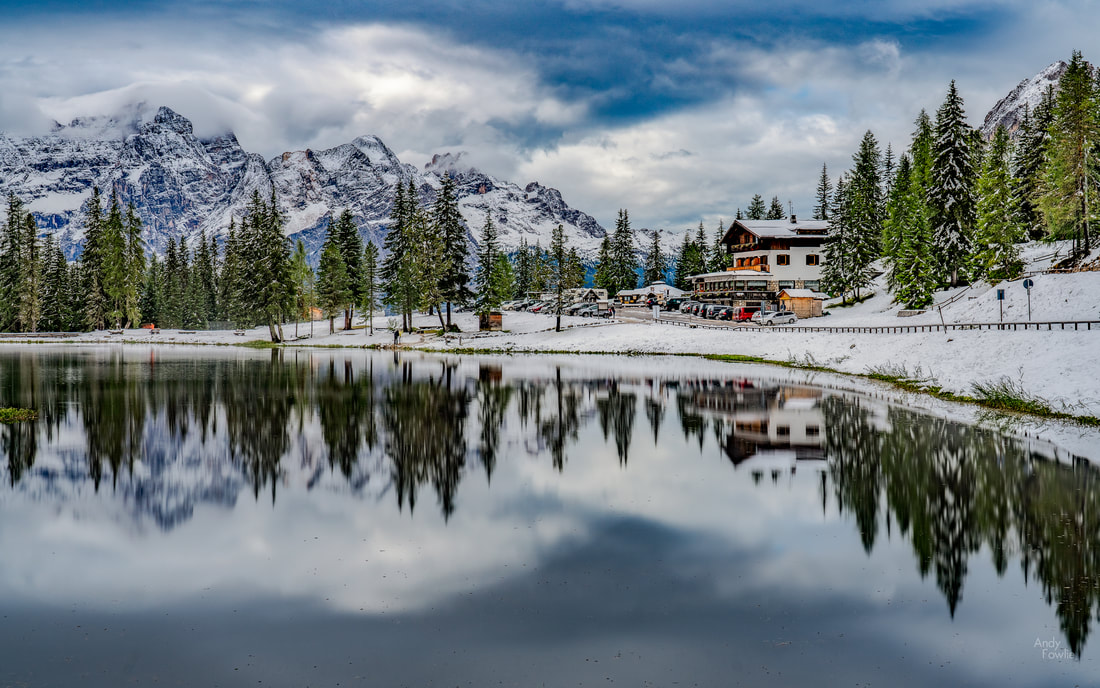
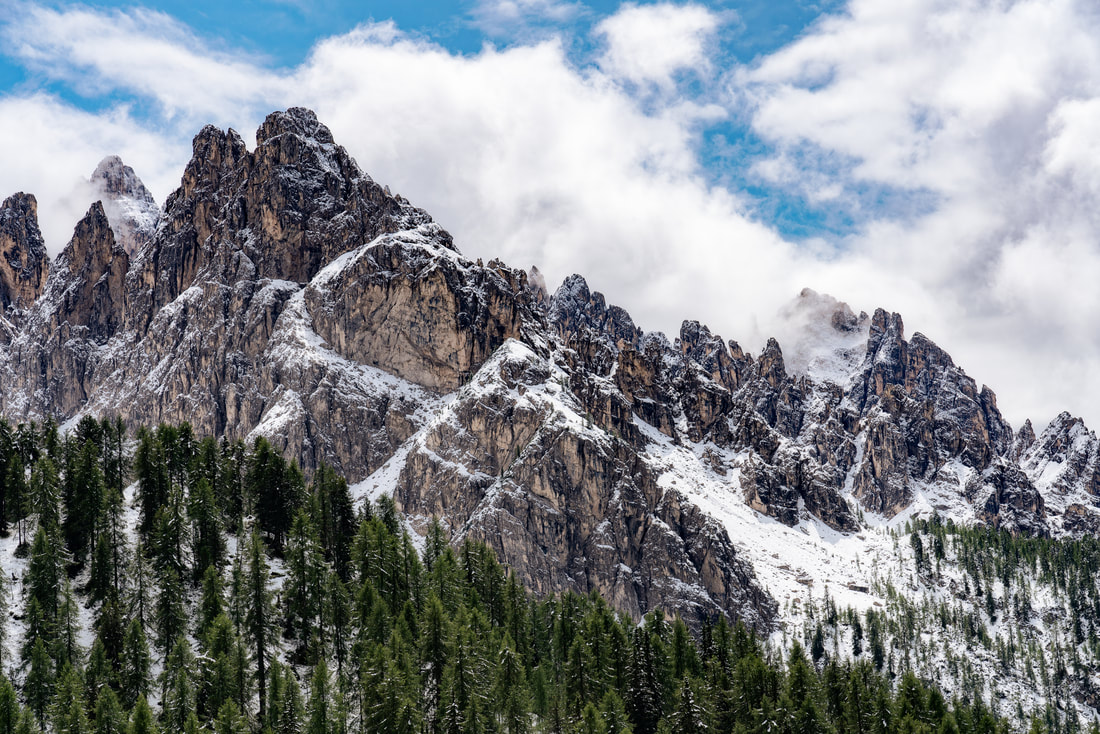
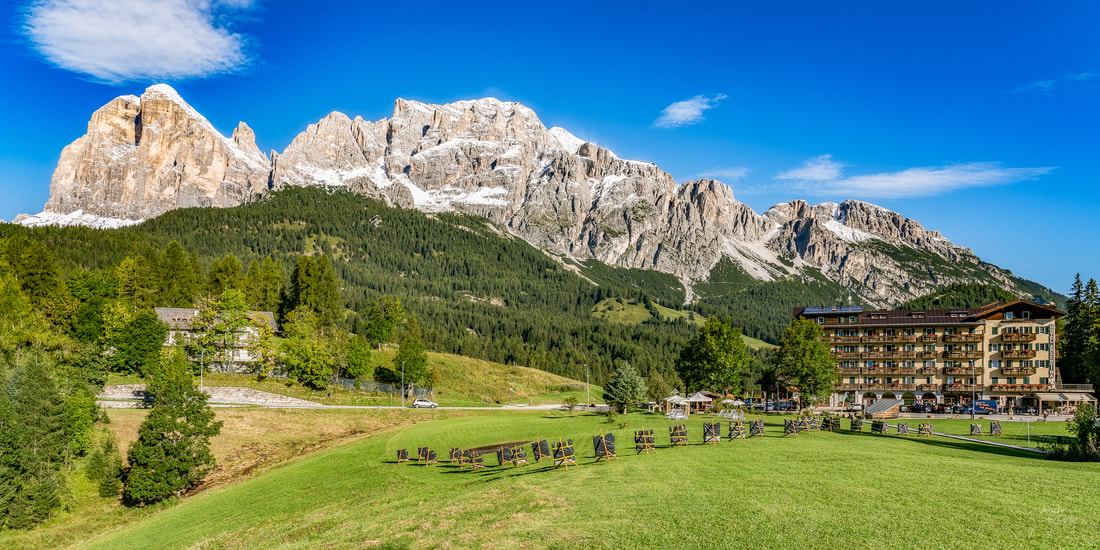
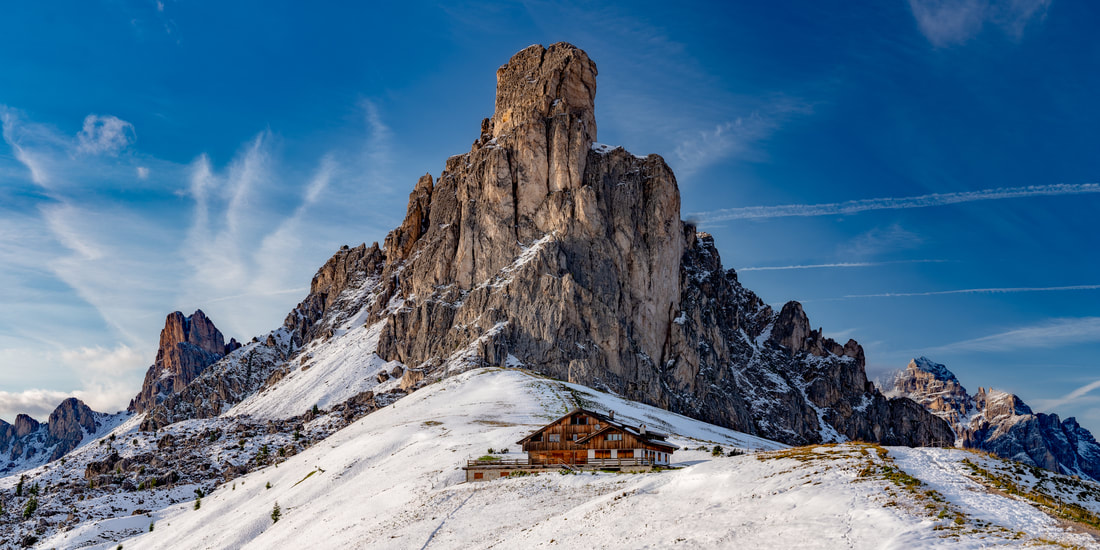
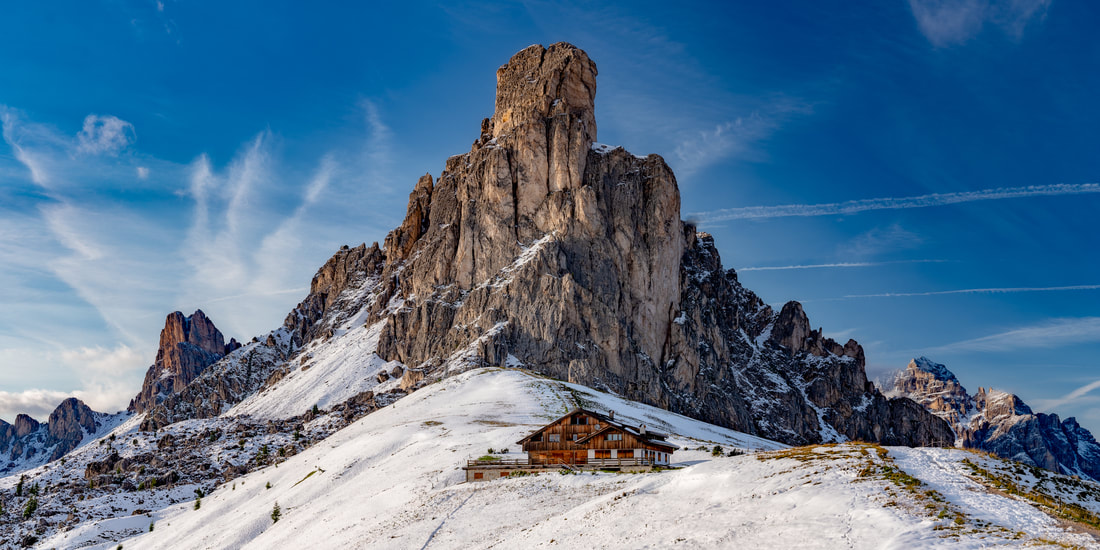
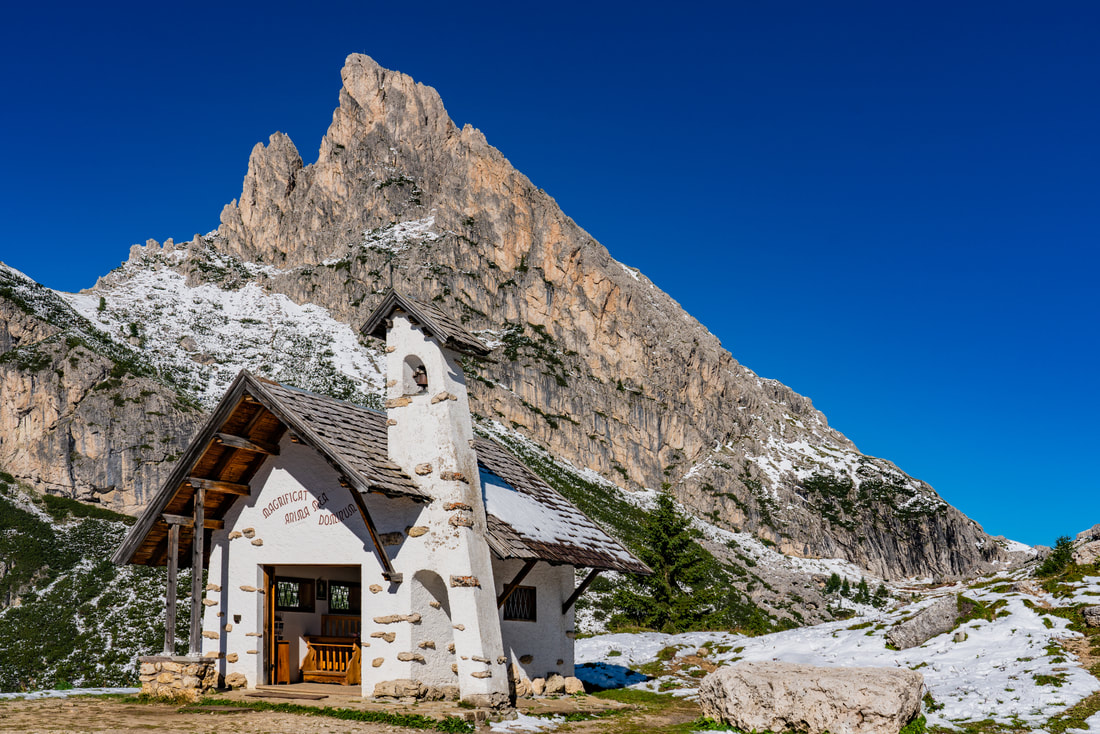

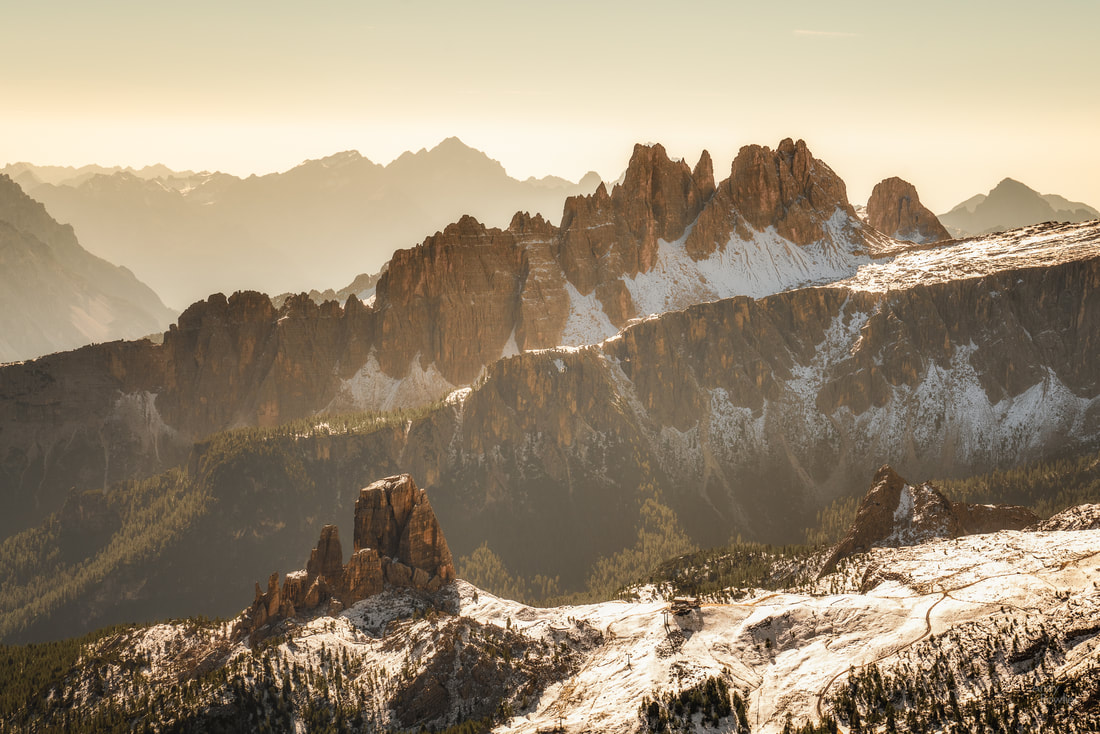
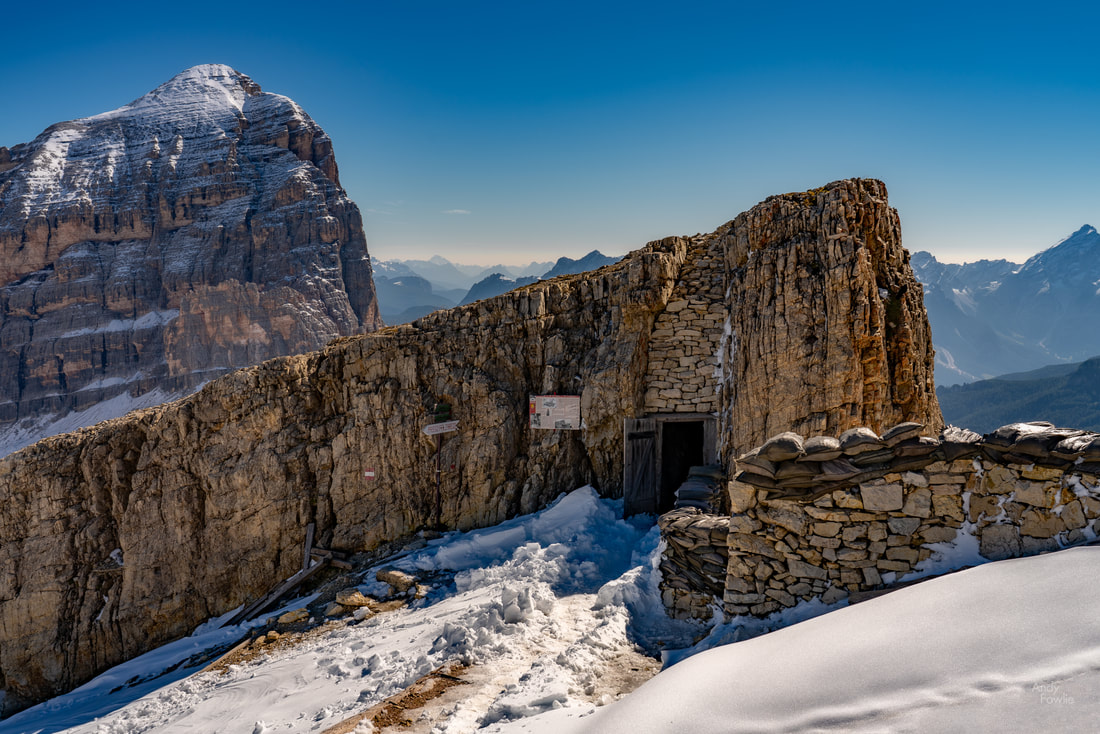
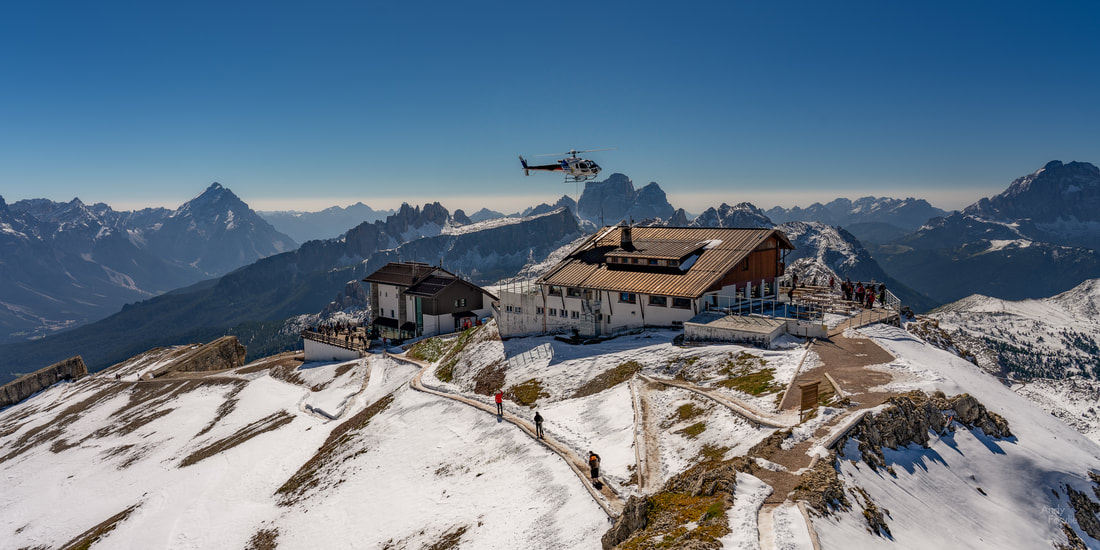
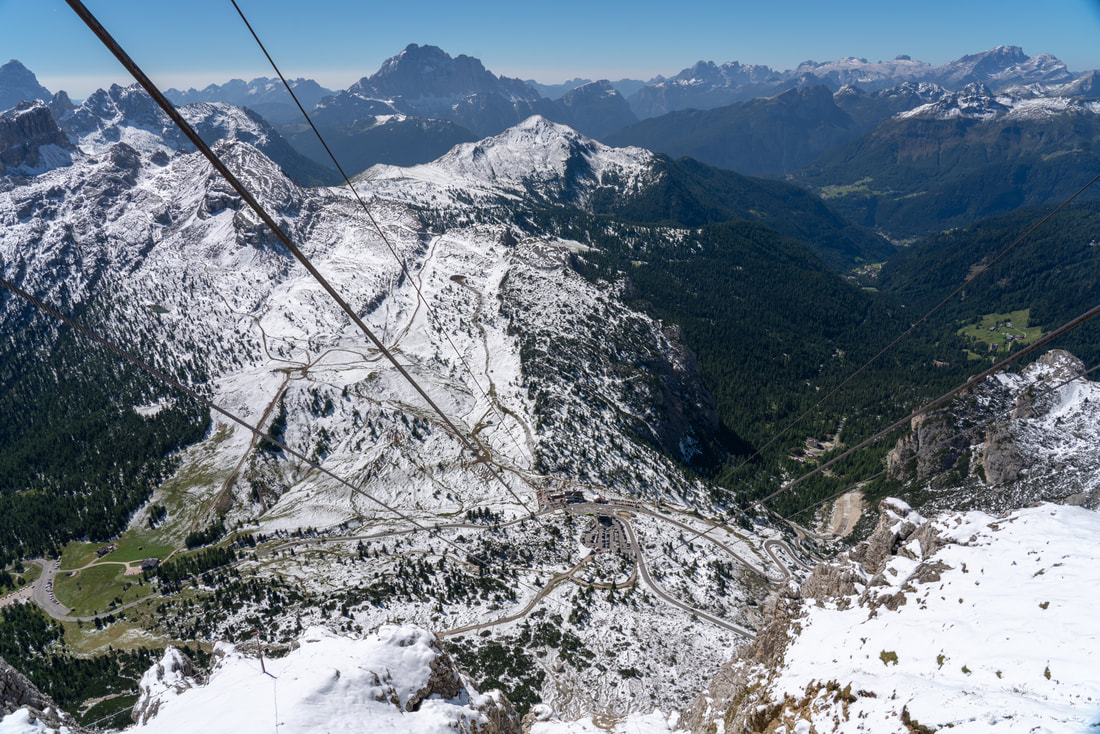
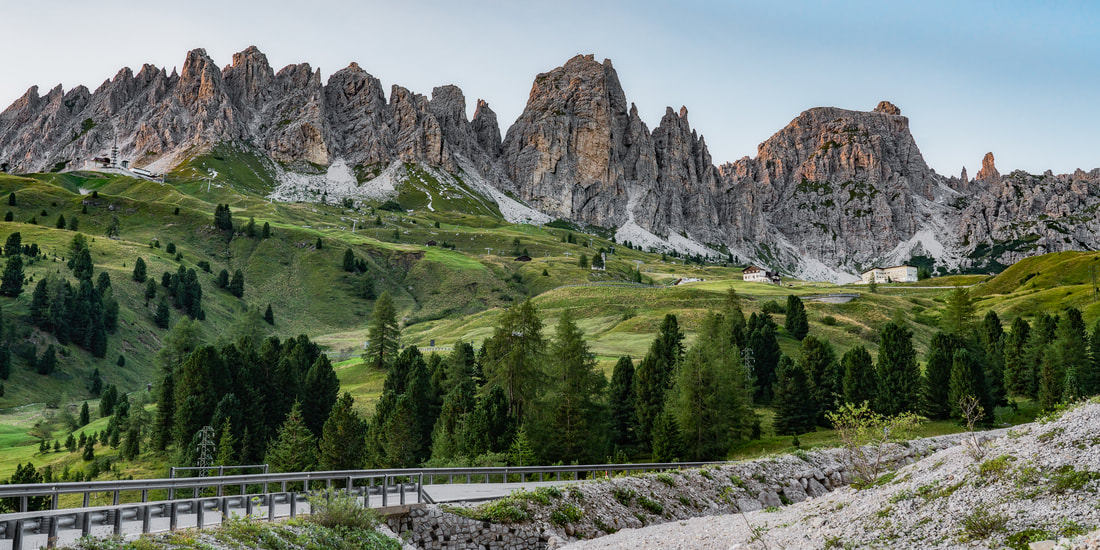
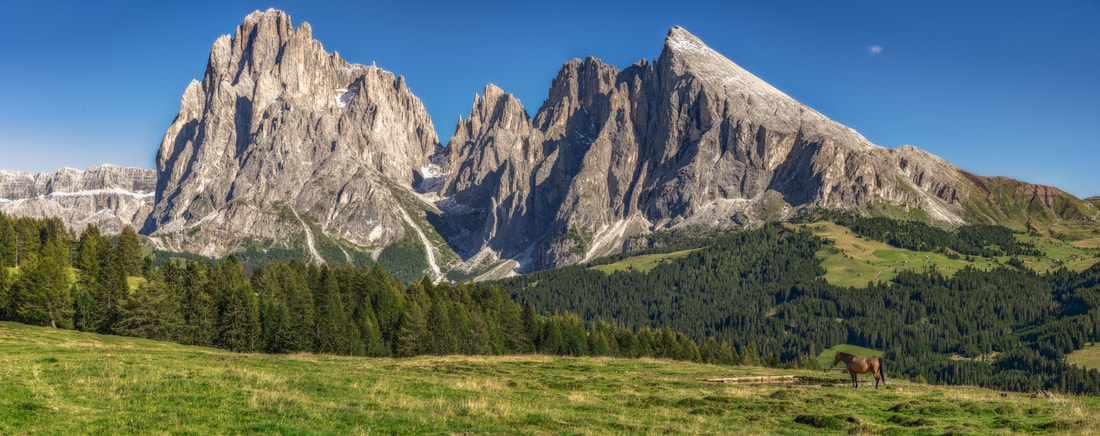
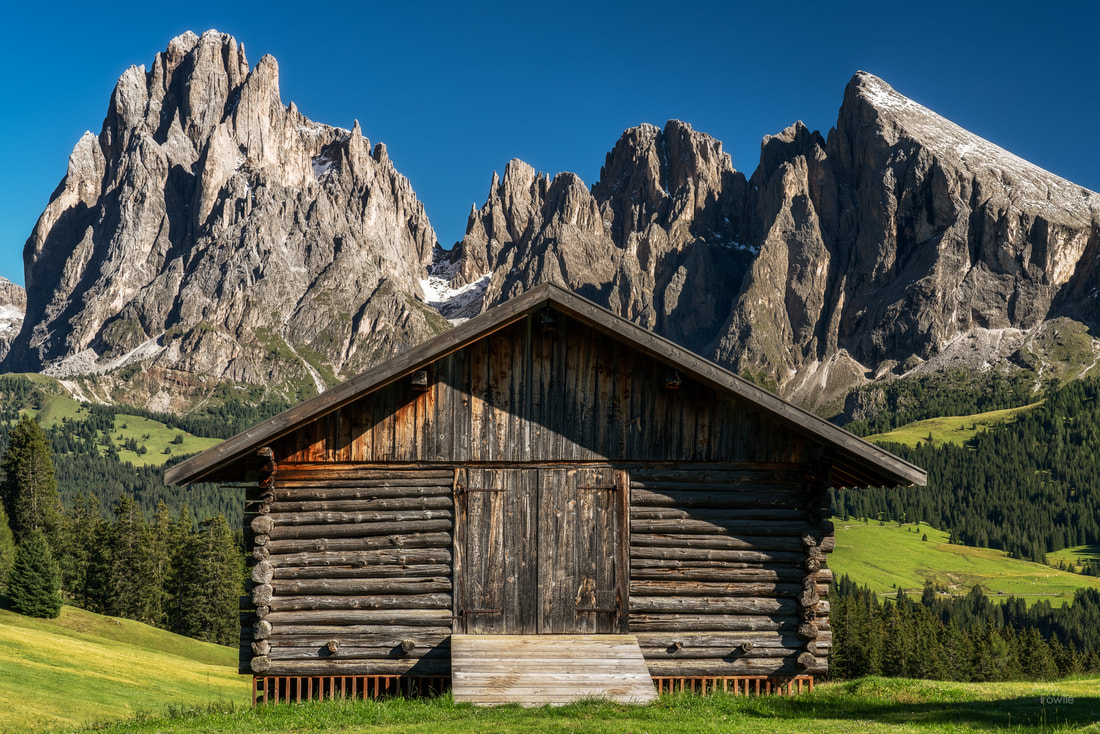

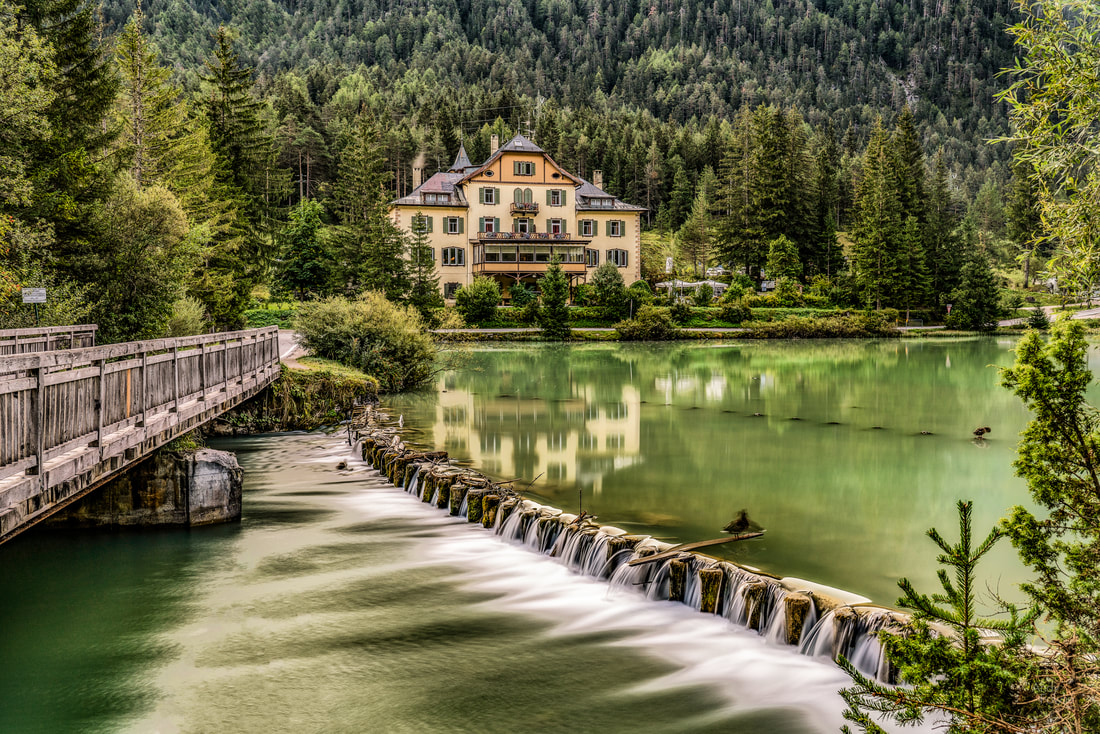
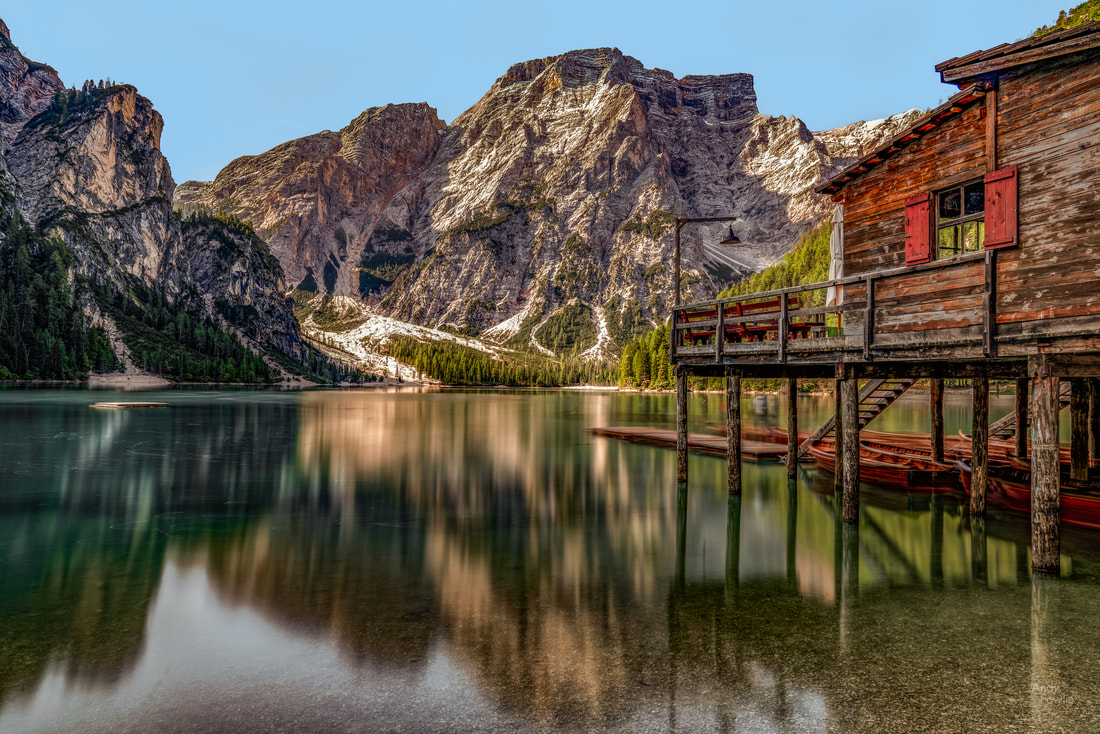
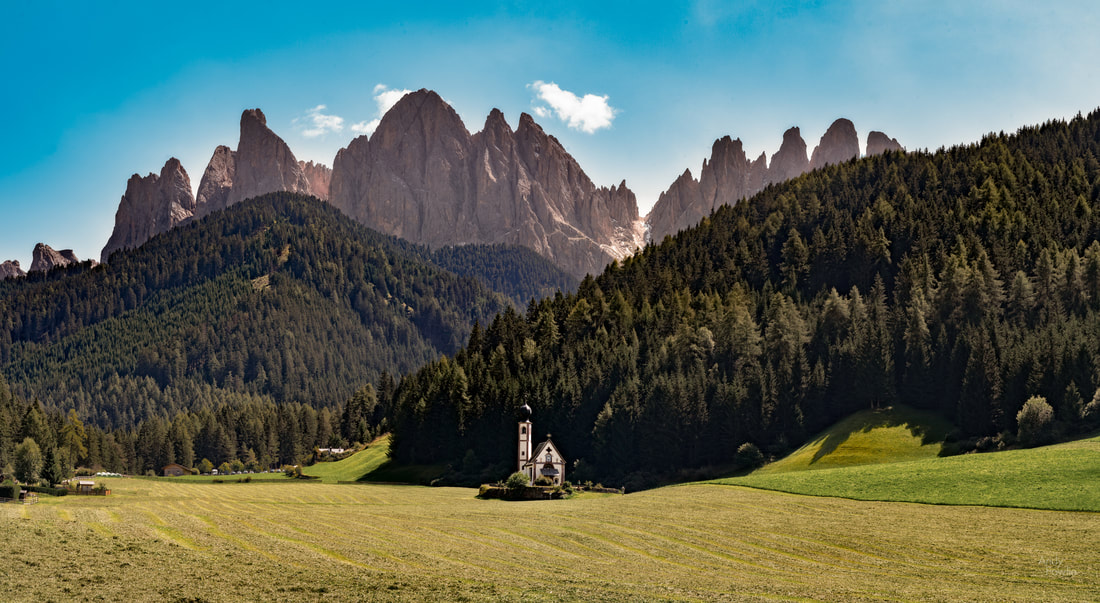
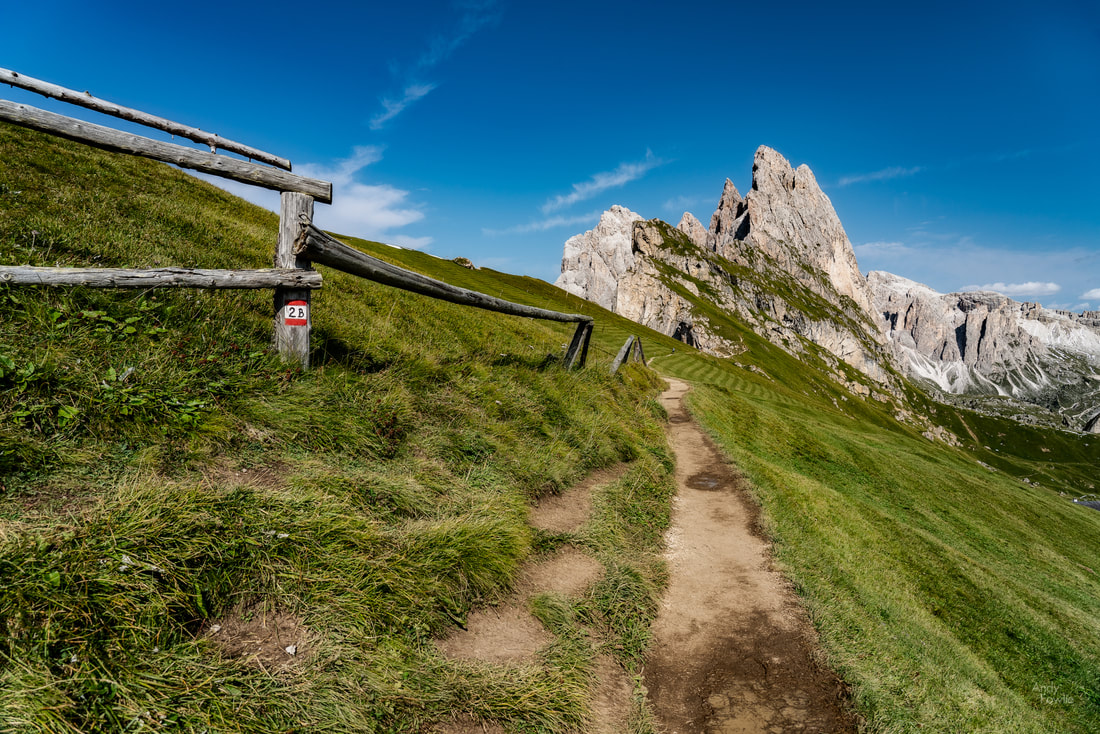
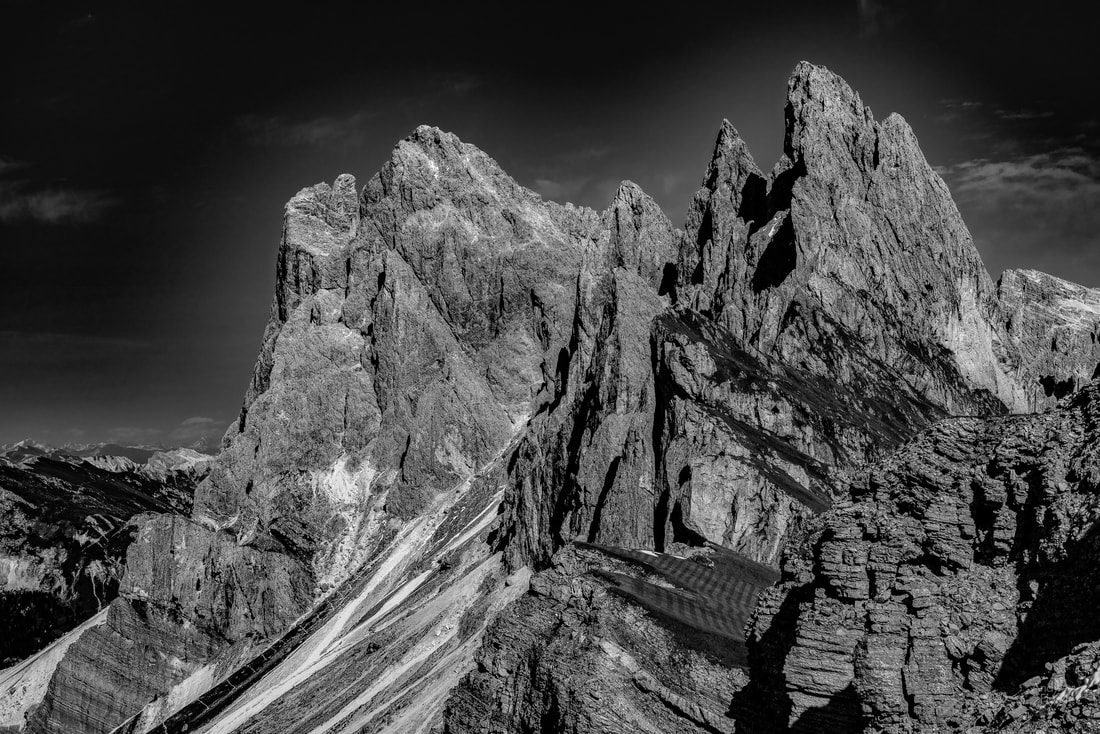
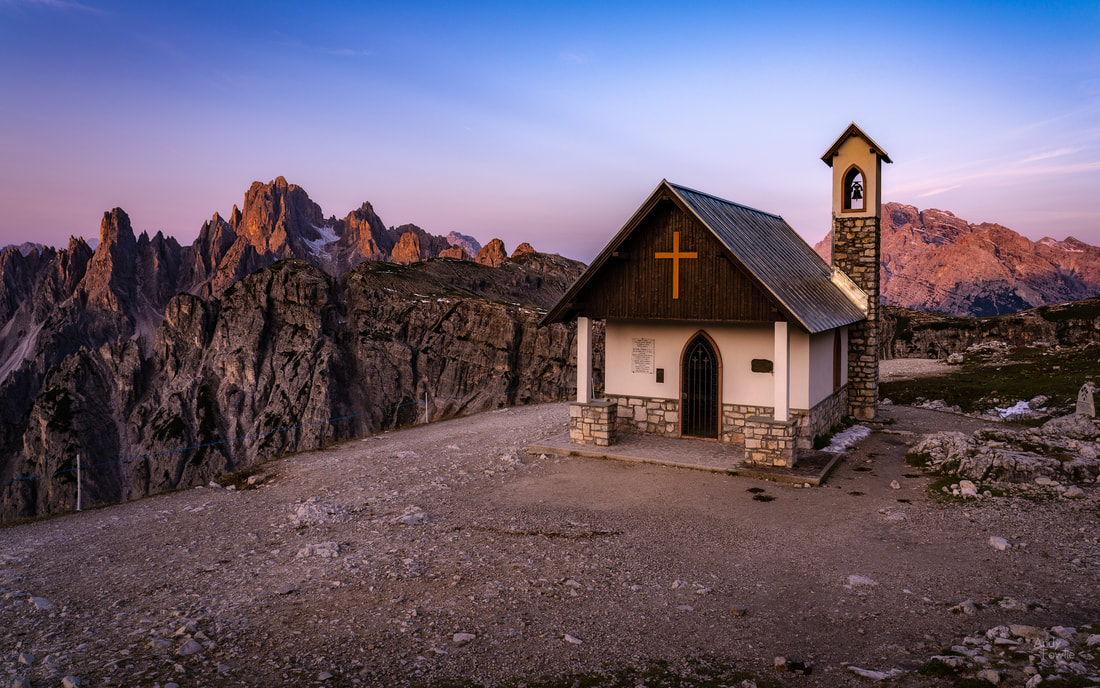
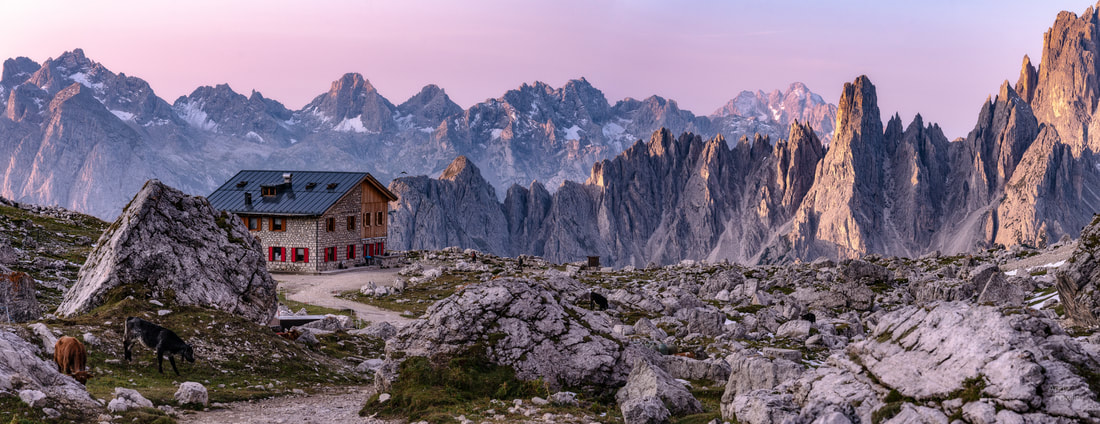
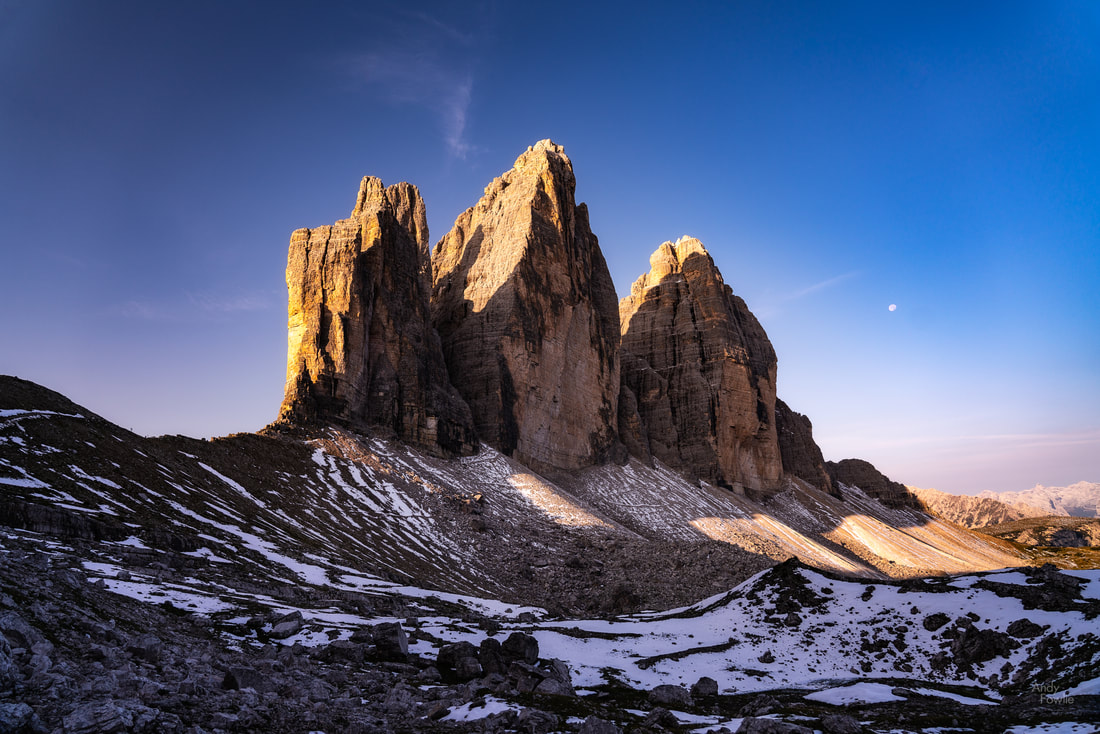
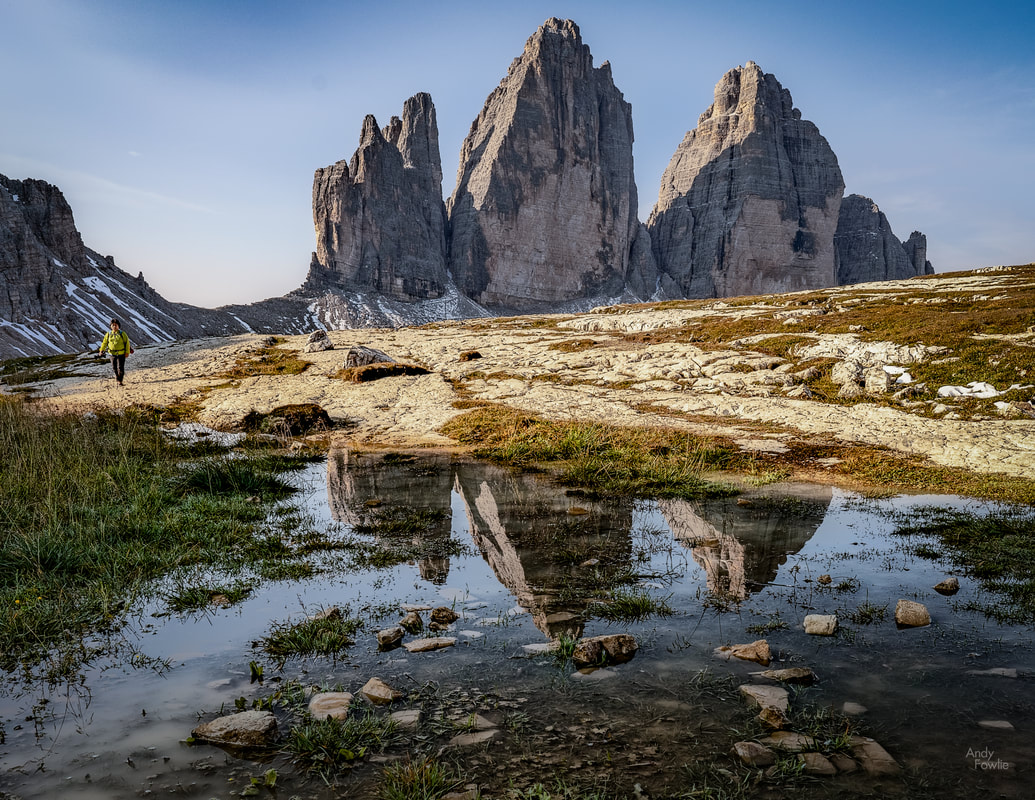
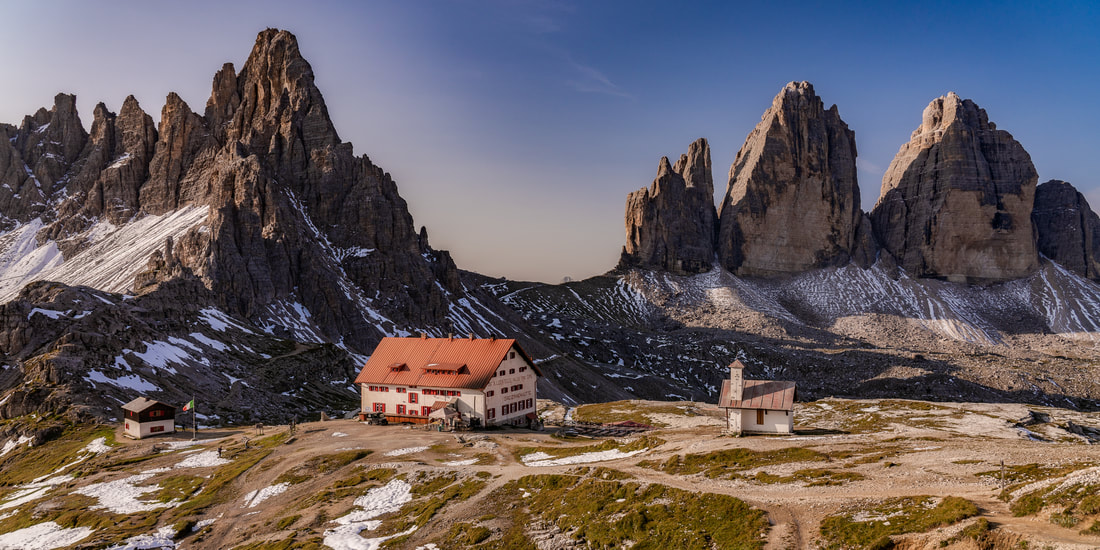
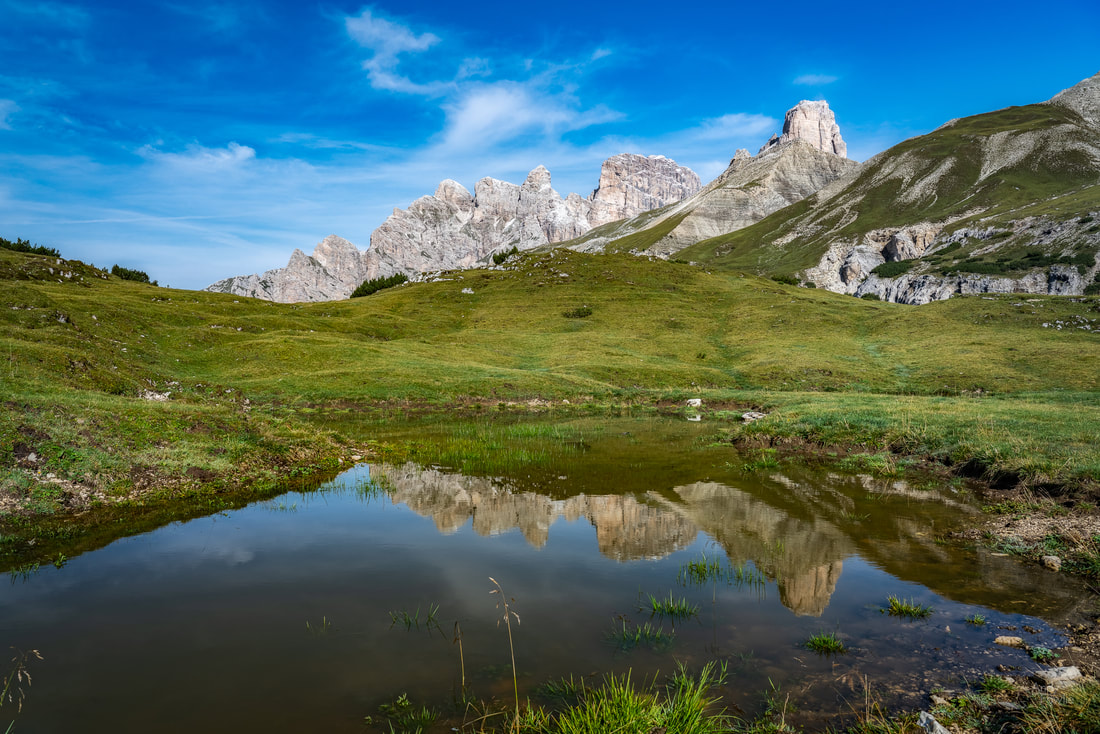

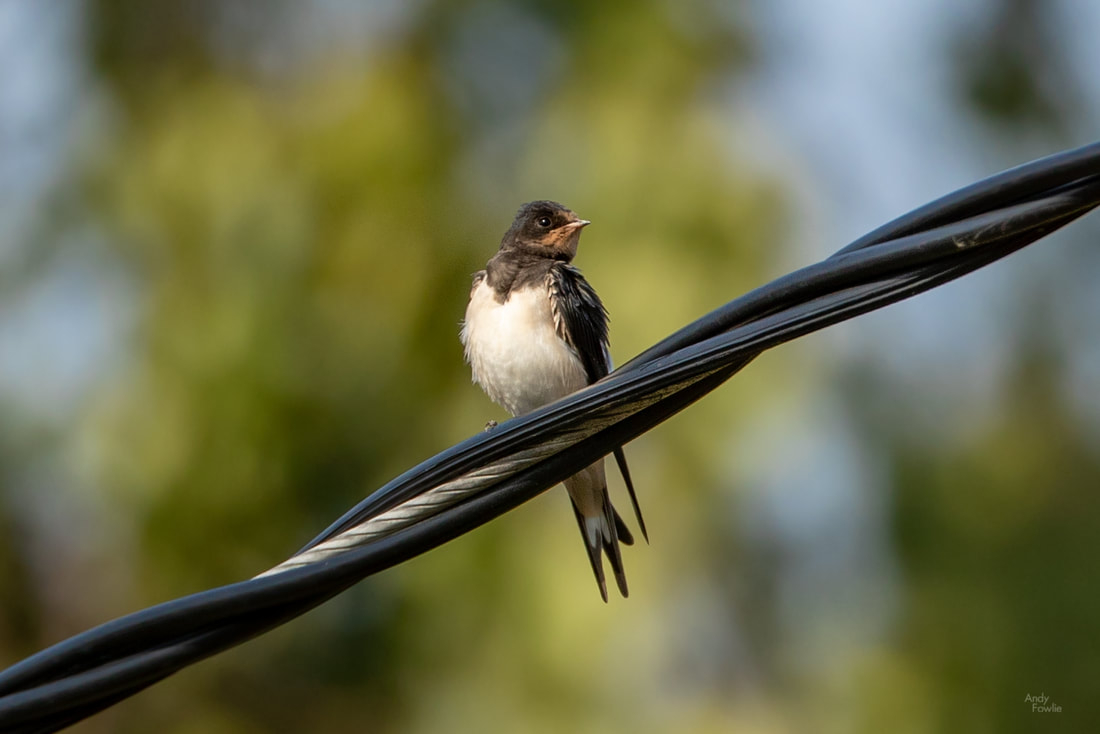
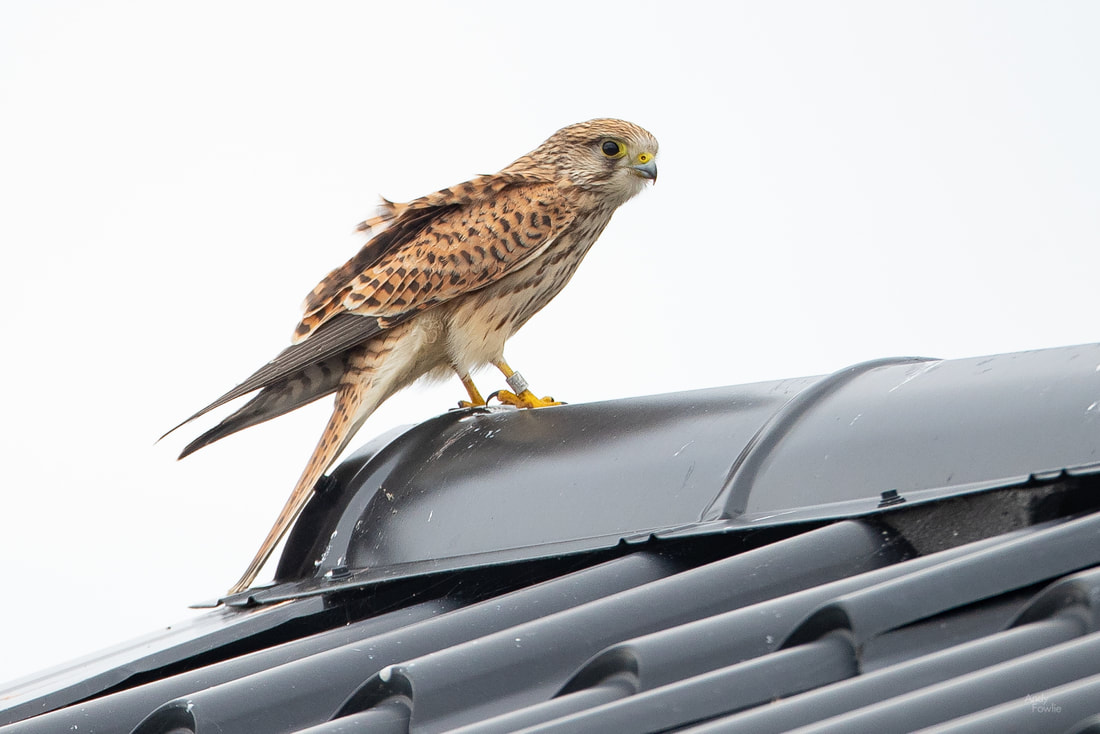
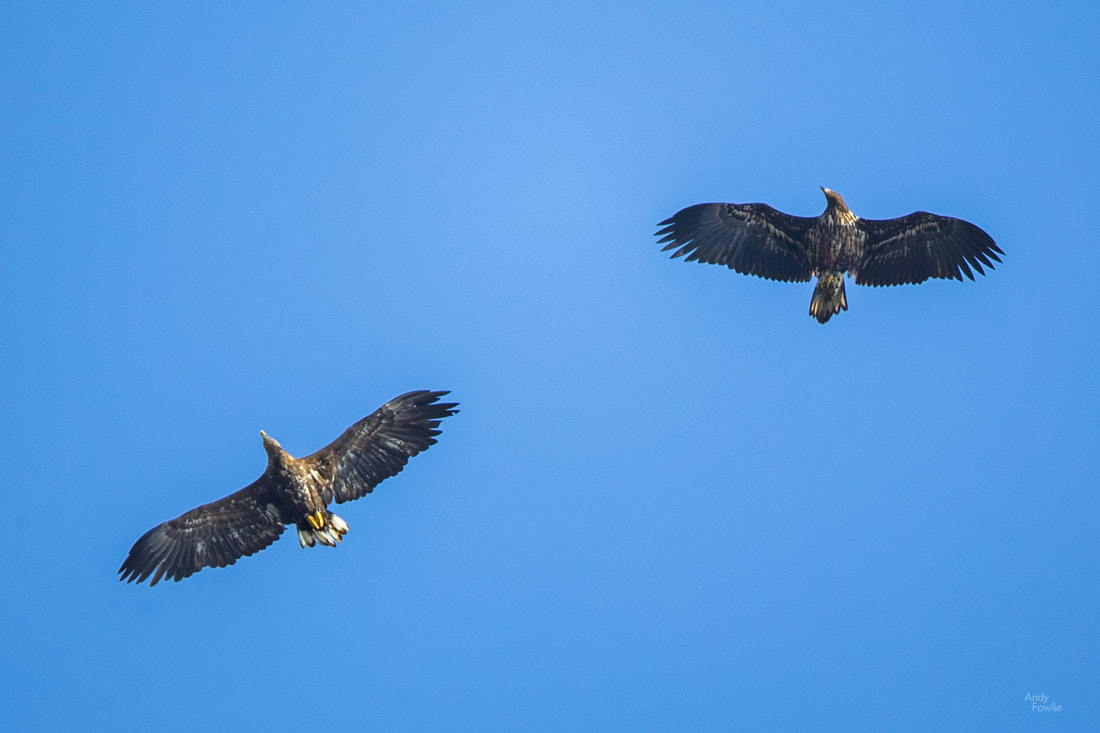
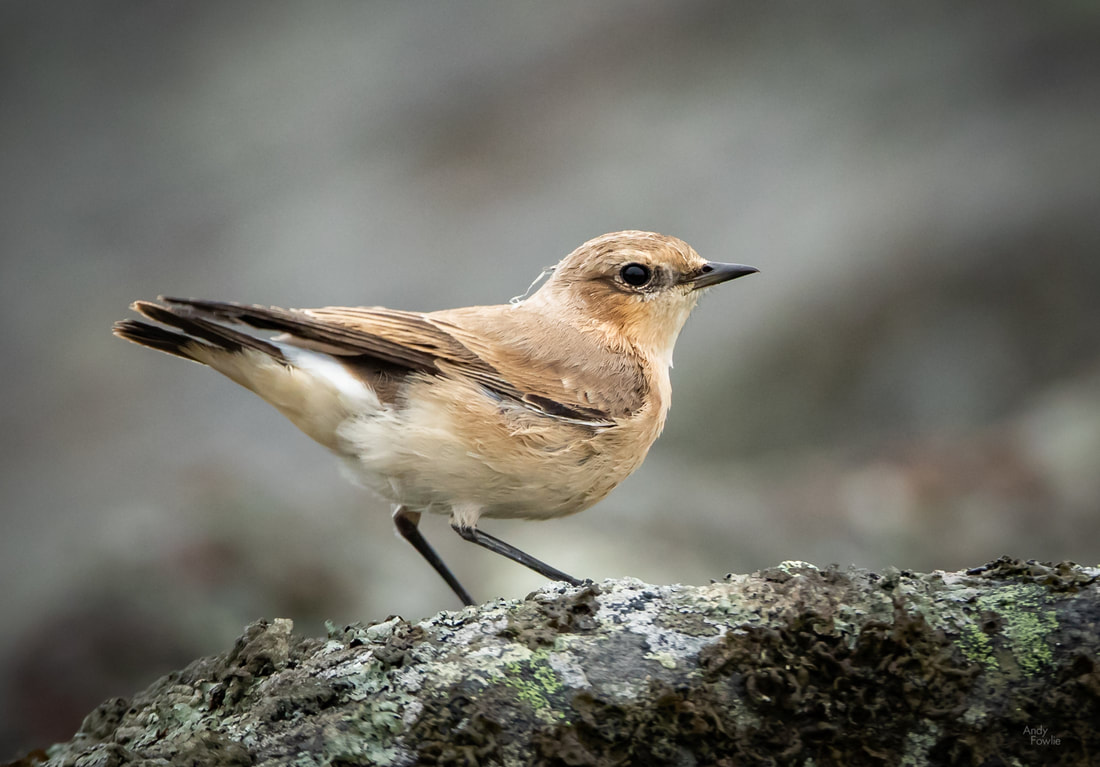
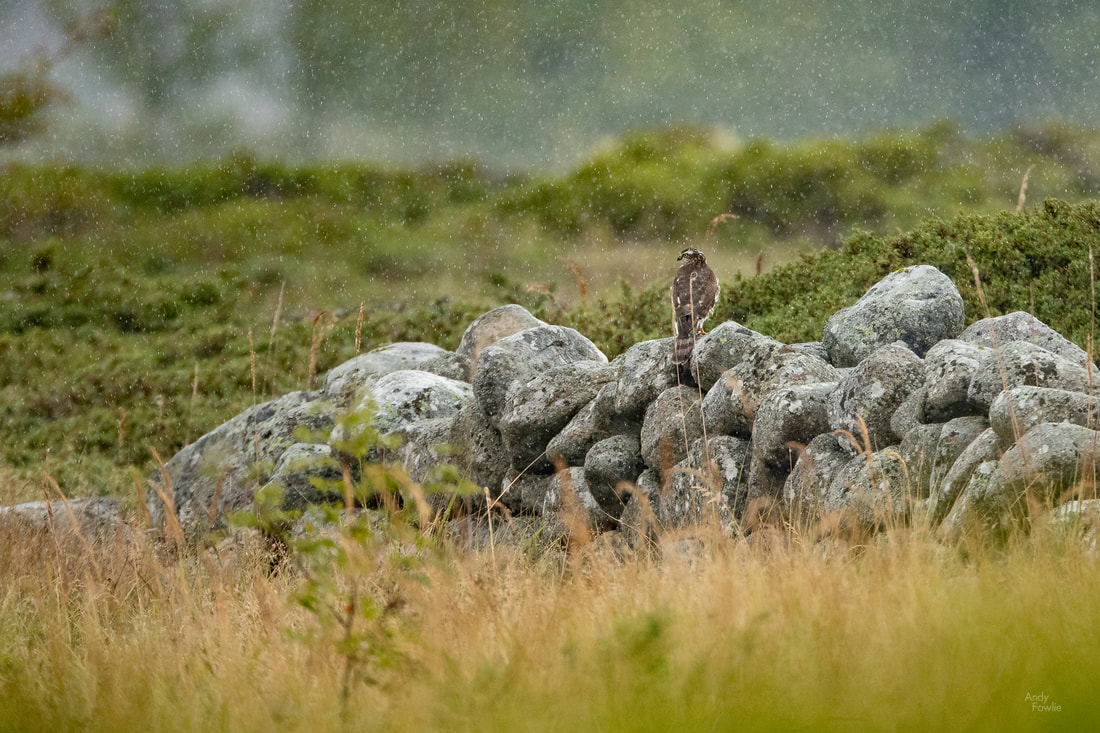
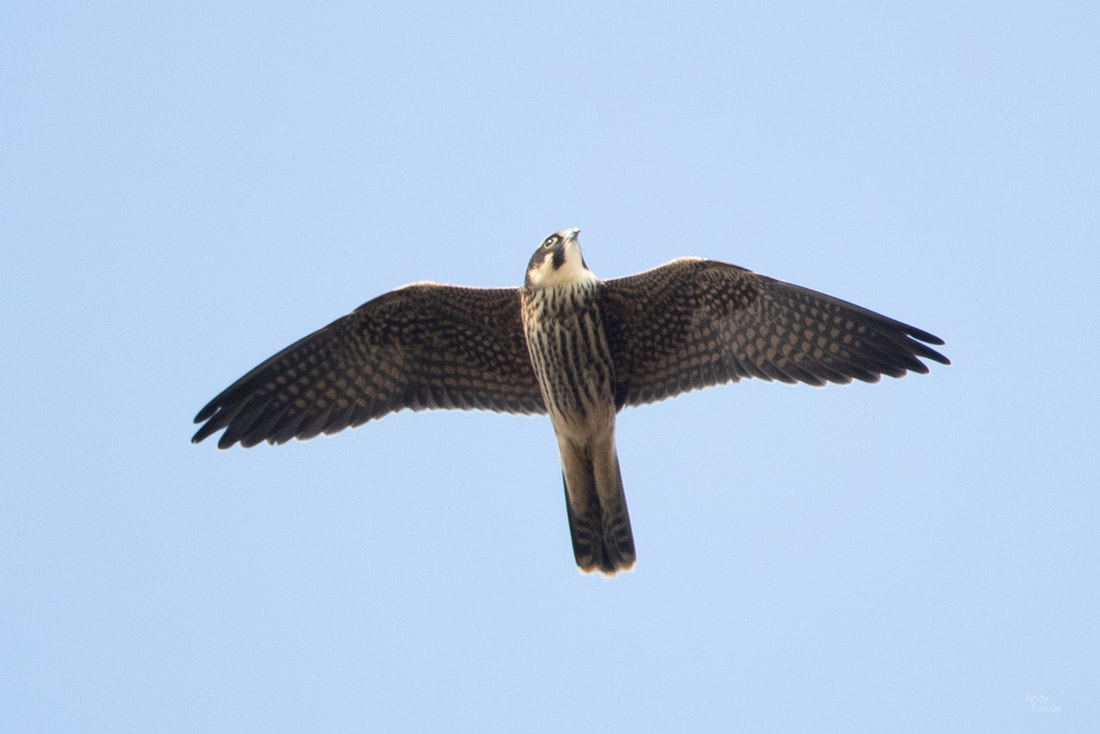
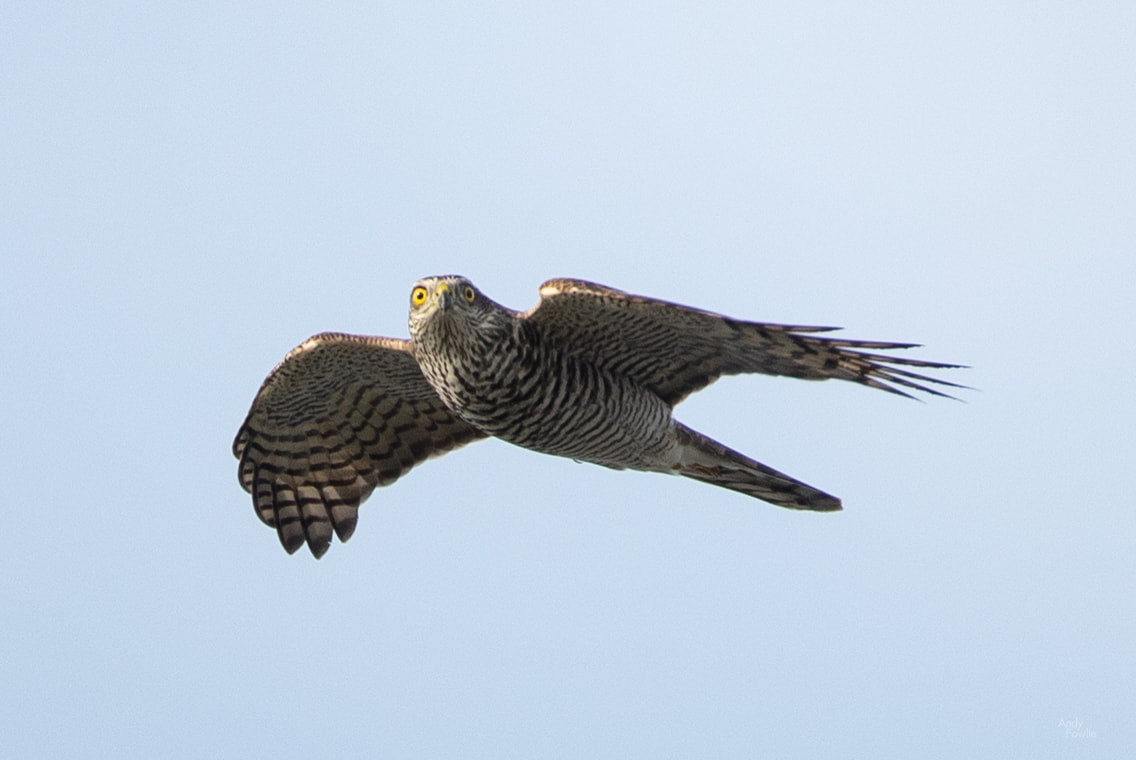
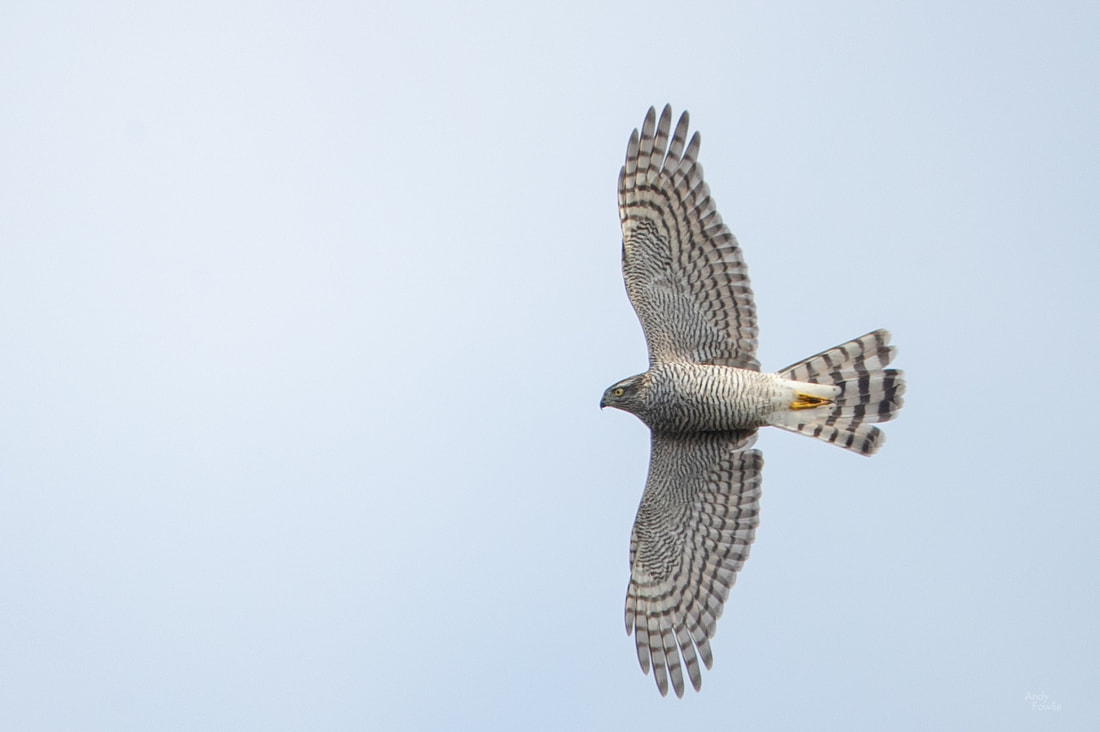
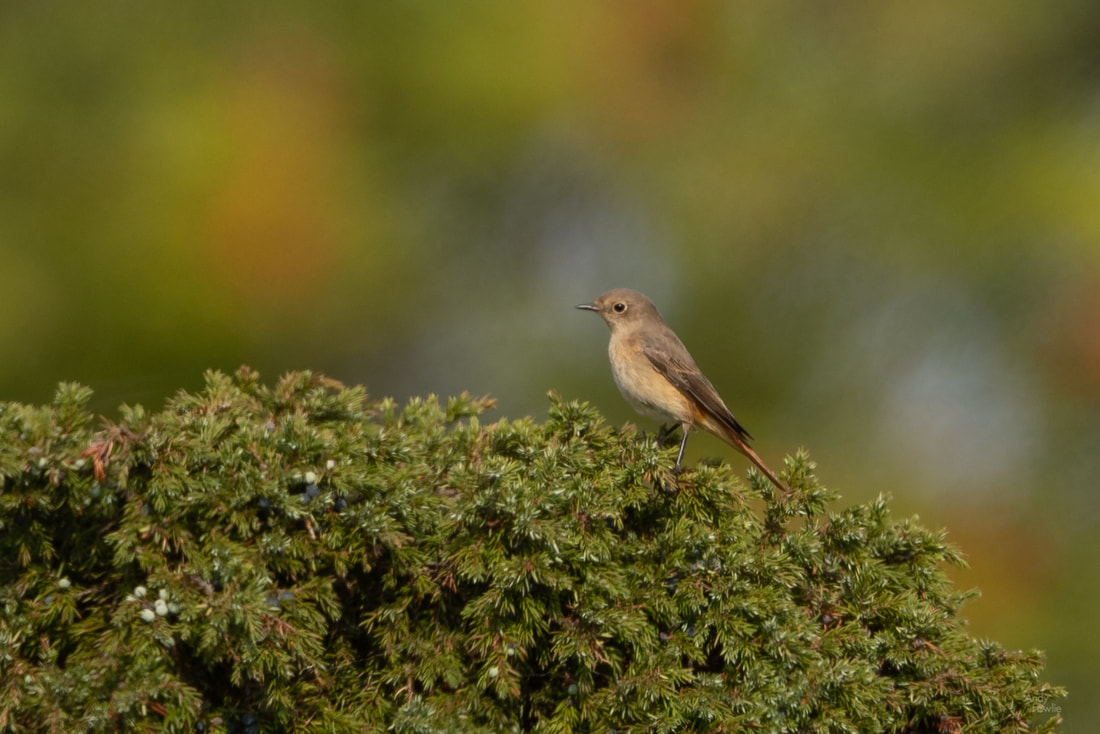
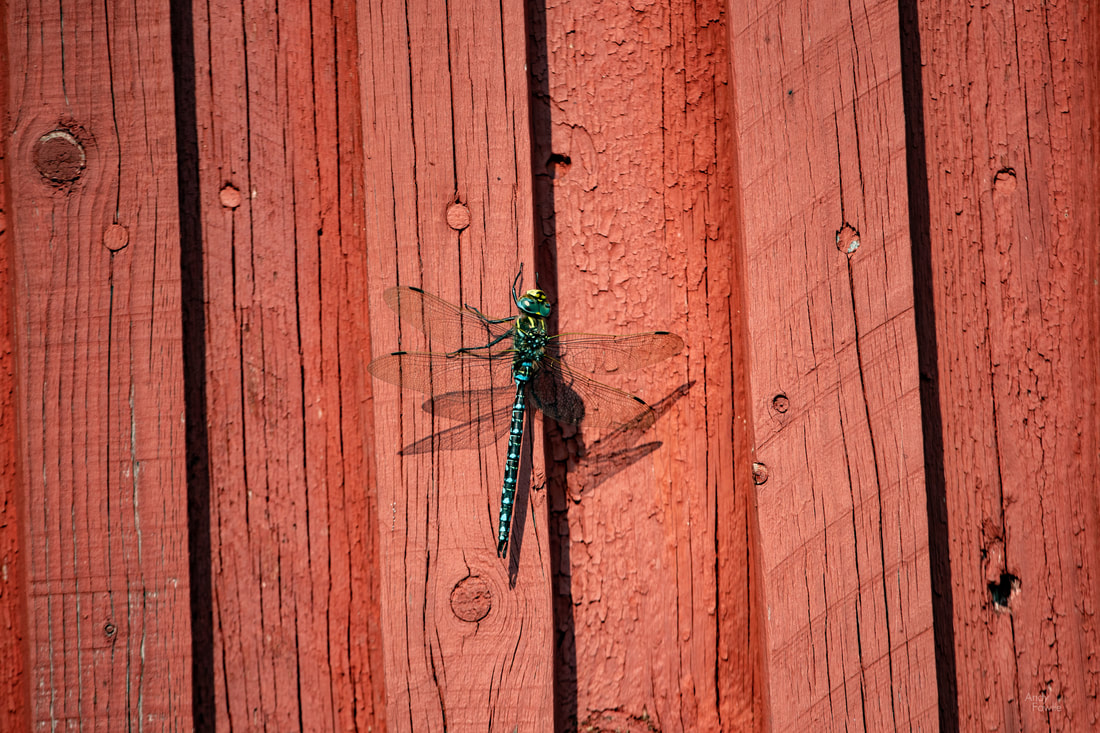
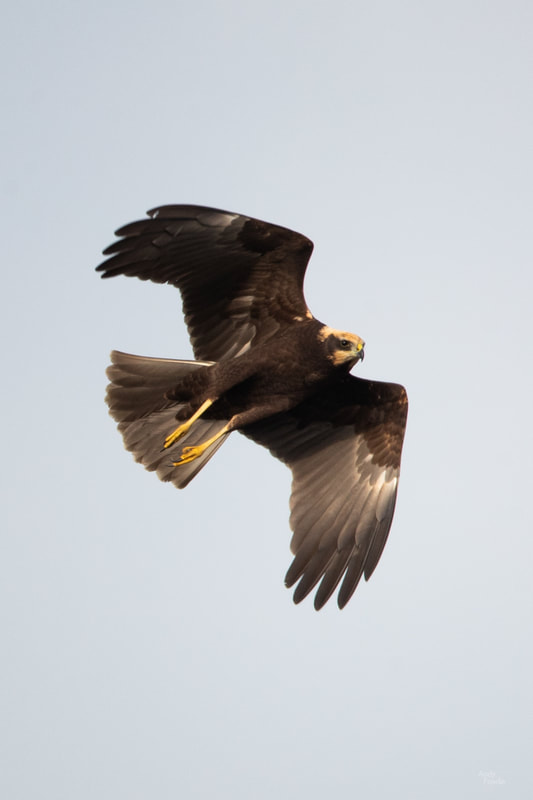
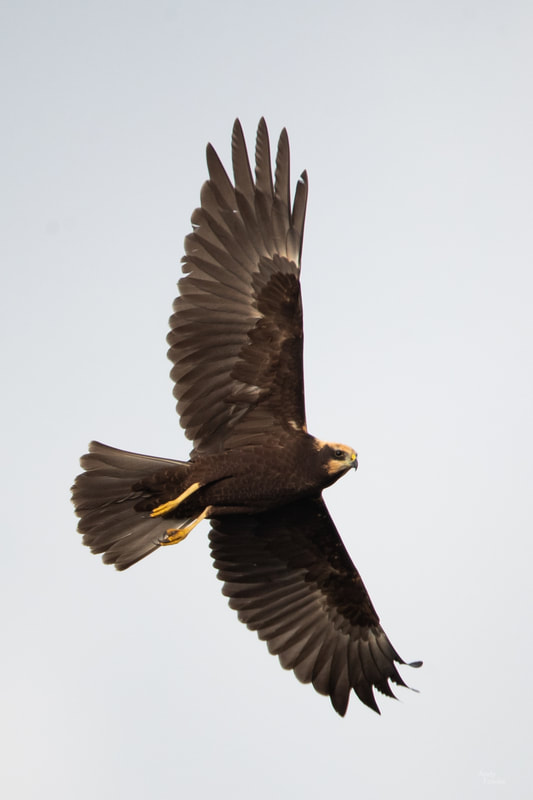
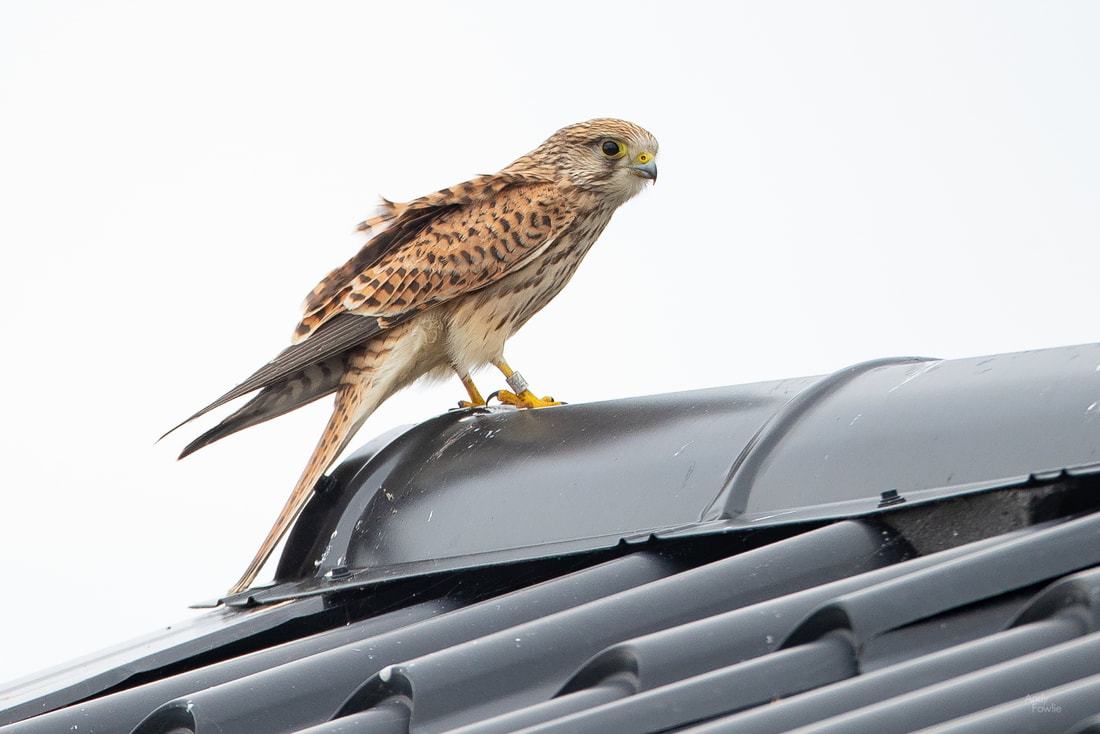
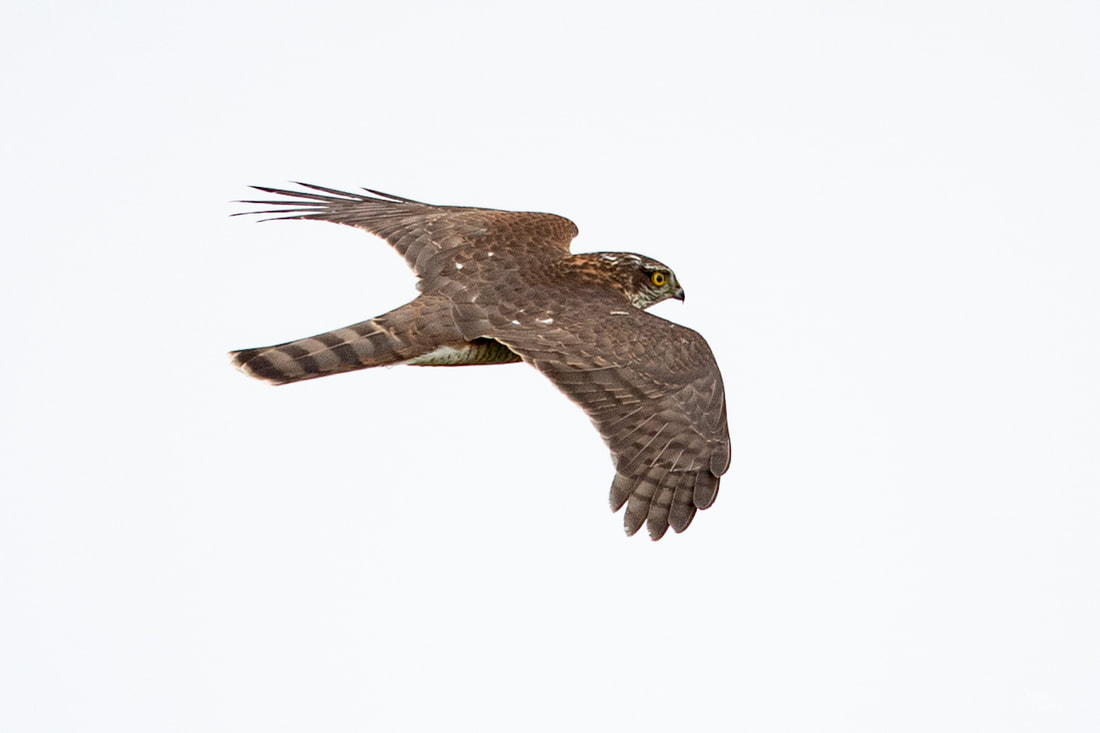
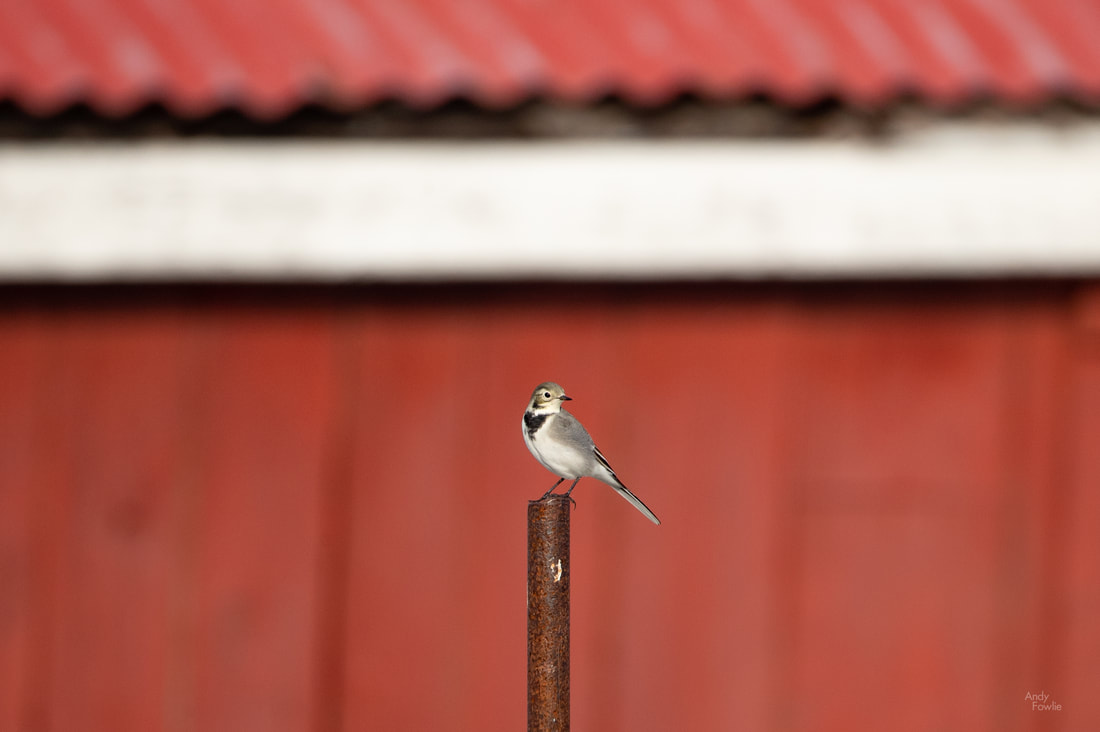
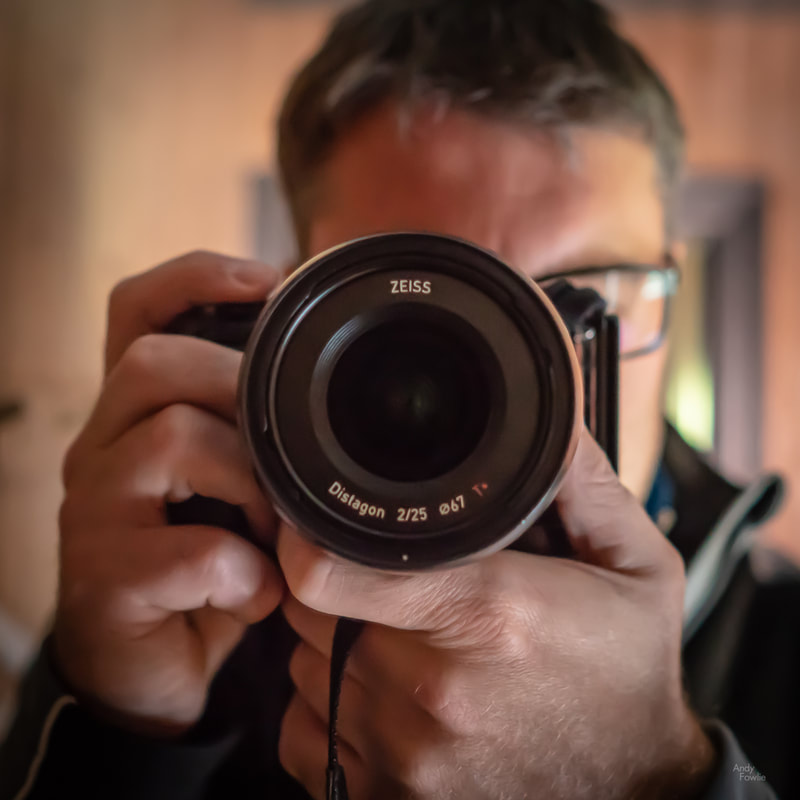
 RSS Feed
RSS Feed
